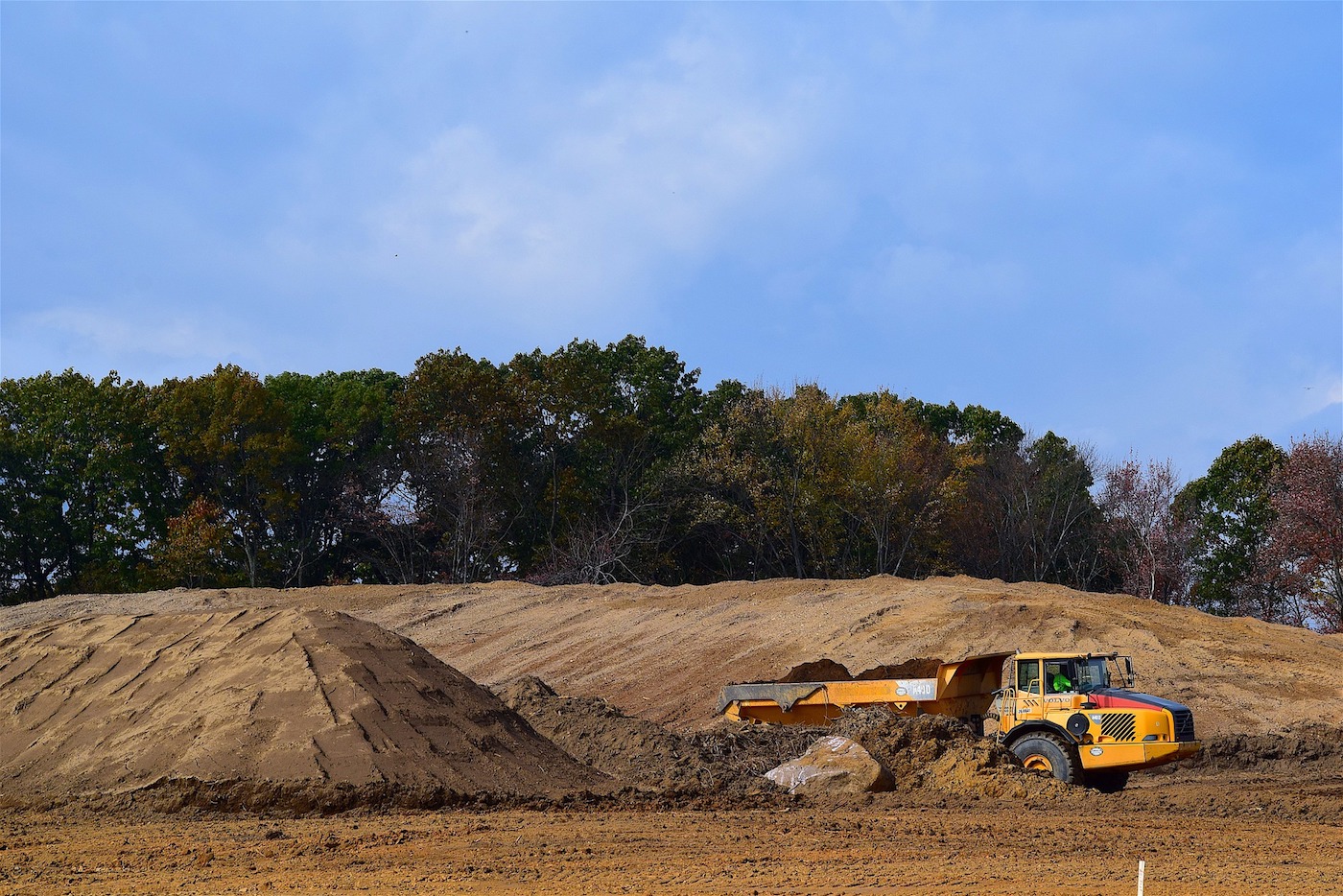
Waste Acceptance Criteria Testing (WAC Testing) enables you to remove hazardous waste material to the appropriate landfill site or to allow for some non-hazardous wastes to be disposed of at an Inert landfill site. Sub Surface offers a fast, professional and reliable WAC Testing service nationwide.
The cost of removing waste material from site to a landfill can be very expensive, therefore it is extremely important to ensure the correct procedures are carried out to determine the most appropriate tip to send waste materials to. Significant cost savings can be made with the correct classification.
The Landfill Directive has rigorous standards on waste being disposed of to a landfill. Waste must first be accepted by the landfill site and therefore, Waste Classification and WAC Testing is required to satisfy the landfill operator that the waste material meets their permit conditions.
WAC Testing and Waste Classification – The Recommended Testing Procedure for the Removal of Waste to Landfill
Step 1 – Determine the proposed amount of waste material to be removed from site to a landfill.
Step 2 – Waste Classification (Hazardous or Non-Hazardous). A Waste Classification Report carried out on chemical analysis test results will determine whether the waste material is hazardous or non-hazardous (Go to Waste Classification for more details)
WAC Testing cannot classify whether materials are hazardous or non-hazardous.
Step 3 – Provisionally decide which Type of Landfill you intend to send the Waste Material to and determine whether WAC Testing is required. Landfill sites are classified for one of three types of waste:
- Inert
- Non-Hazardous
- Hazardous
Following the results of the Waste Classification from chemical analysis test results, WAC Testing is required for hazardous waste materials, however if the material is non-hazardous, then depending of which landfill you are thinking of sending the waste material to, depends on whether WAC testing is necessary, as show in Table 1:
Table 1 WAC Testing Requirements
| Classification | WAC Characteristics | Destination | WAC testing required under EP Regs |
| Non Hazardous | Below inert thresholds | Inert landfill or Non Hazardous landfill | Yes |
| Non Hazardous | Above inert thresholds | Non Hazardous landfill | No* |
| Hazardous | Below hazardous thresholds* | Hazardous landfill | Yes** |
*Some tip operators may still request WAC Testing for a non-hazardous landfill site
**Hazardous waste with leachable characteristics above the hazardous WAC threshold is not suitable for disposal at a landfill site without treatment.
Step 4 – WAC Testing. If required, WAC Testing is used to determine the concentrations of certain leachable compounds in the waste material to help determine how the waste material will act once buried at a landfill. WAC Testing will determine whether a non-hazardous soil can be disposed of at an Inert Landfill Site and whether hazardous soil can be disposed of at a hazardous landfill site without treatment.
Step 5 – The Waste Classification Report and WAC Testing results can be handed over to landfill operator for approval.
Number of Samples Required for Waste Characterisation
For Level 1 Characterisation for Descriptive, Total Concentration & Leaching Tests, the ‘Environment Agency: Waste Sampling and Testing for Disposal to Landfill’ recommend that depending on the amount of waste to be removed from site and whether the waste is homogeneous or heterogeneous, they estimate that the number of samples required for waste characterisation are as follows:
Table 2 Estimated Number of Samples Required for Waste Characterisation
| Amount of Waste (tonnes) | Homogeneous Waste (No of Samples) | Heterogeneous Wastes (No of Samples) |
| <100 | 2 | 5 |
| 100-500 | 3 | 8 |
| 501-1000 | 5 | 14 |
| 1001-10,000 | 11 | 22 |
| plus each additional 10,000t | plus 5 (pro rata) | plus 10 (pro rata) |
Whom to Contact
If you would like a quote for WAC Testing and/or Waste Classification Reports individually or as part of a full Site Investigation or have any questions, please do not hesitate to contact your Regional Sub Surface Office.

